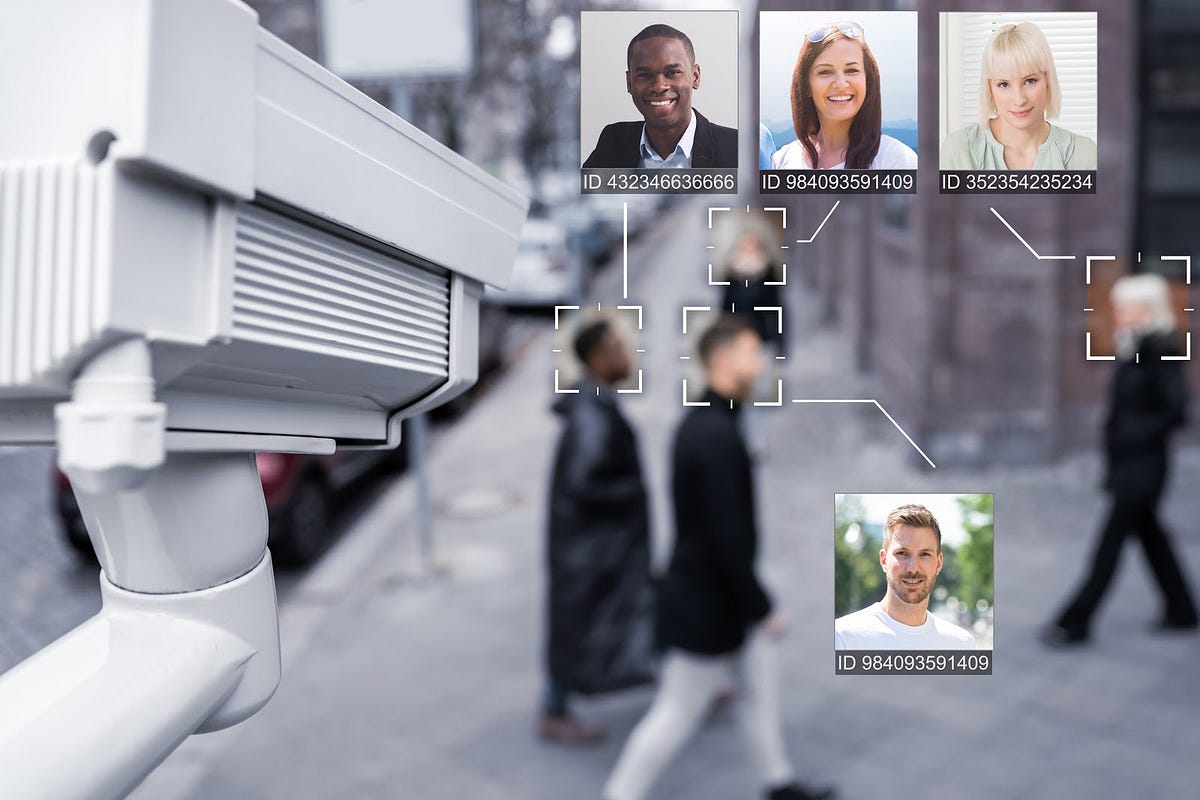Once a dominion of science fiction (e.g., Star Trek,) facial recognition technology has not only caught up to us in reality this century, but awareness around its benefits and pitfalls has also risen with its heightened presence in the news over the last few months. We hope to shine some light on the reasons for this ascent and the myriad thoughts and actions it has raised. To be sure, all the complex issues, implications, and ethics surrounding facial recognition technology are far too important and expansive to cover in this piece. We also recognize there is much more worth exploring, and a variety of valid and informed views on the subject. Our aim is for this piece to be informative, unbiased, and thought-provoking as the topic of facial recognition technology continues to gain attention and relevance.
To begin, we offer a brief overview of facial recognition technology and how it is becoming increasingly commonplace. We include the underlying reasons as to why this is raising concerns, and provide references to reactions from both corporations and civic leaders alike, especially around its use for surveillance and law enforcement. We then wrap-up with thoughts on how what we have presented may be further expanded to ensure that key technical and policy issues are addressed and we can reap the many benefits — while minimizing the consequences — of this technology.
As humans, we are used to recognizing faces. The ability to visually identify our loved ones, friends, and acquaintances from amidst a crowd is due to our ability to store and recollect anthropomorphic features. This propensity not only works face-to-face or within the now ubiquitous virtual encounters, but also during non-real-time viewing of videos or photos. Our brains have the ability to store faces in memory, use what our eyes see, and leverage biological matching algorithms toidentify. Sometimes our brains do this even when we haven’t seen someone in ages, or when features have changed such as with new hairstyles. Of course, we should acknowledge our shortcomings, such as challenges with identifying people of races other than our own.
In addition to evolutionary utility, we have also used this ability within our communities. For instance, to referee games, and to either confirm people’s innocence or to convict them of crimes. With regards to the latter example, studies have shown the unreliableness of human eye witnesses, and steps being taken to mitigate them such as via The Innocence Project.
#data #privacy #facial-recognition #technology #smart-cities
